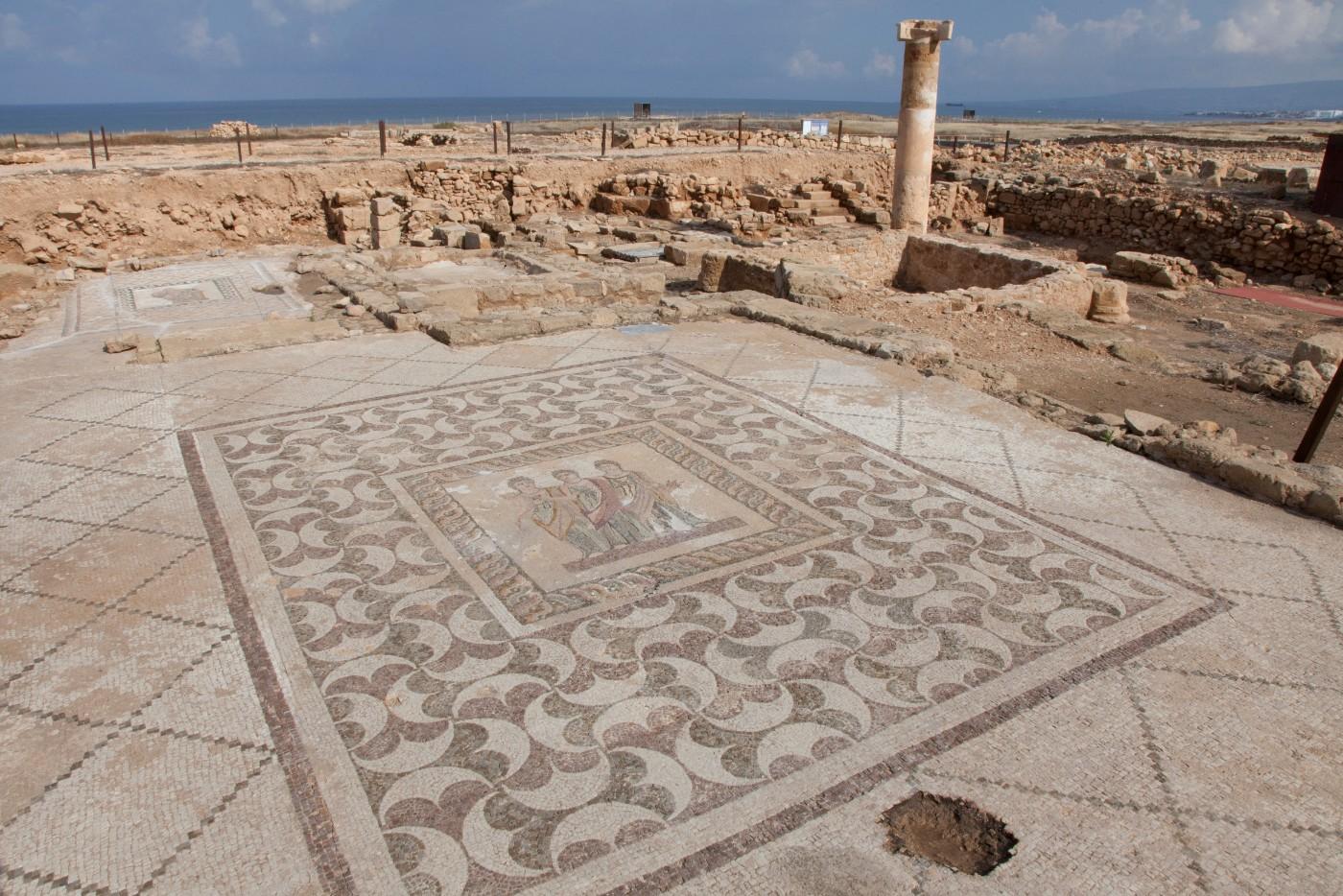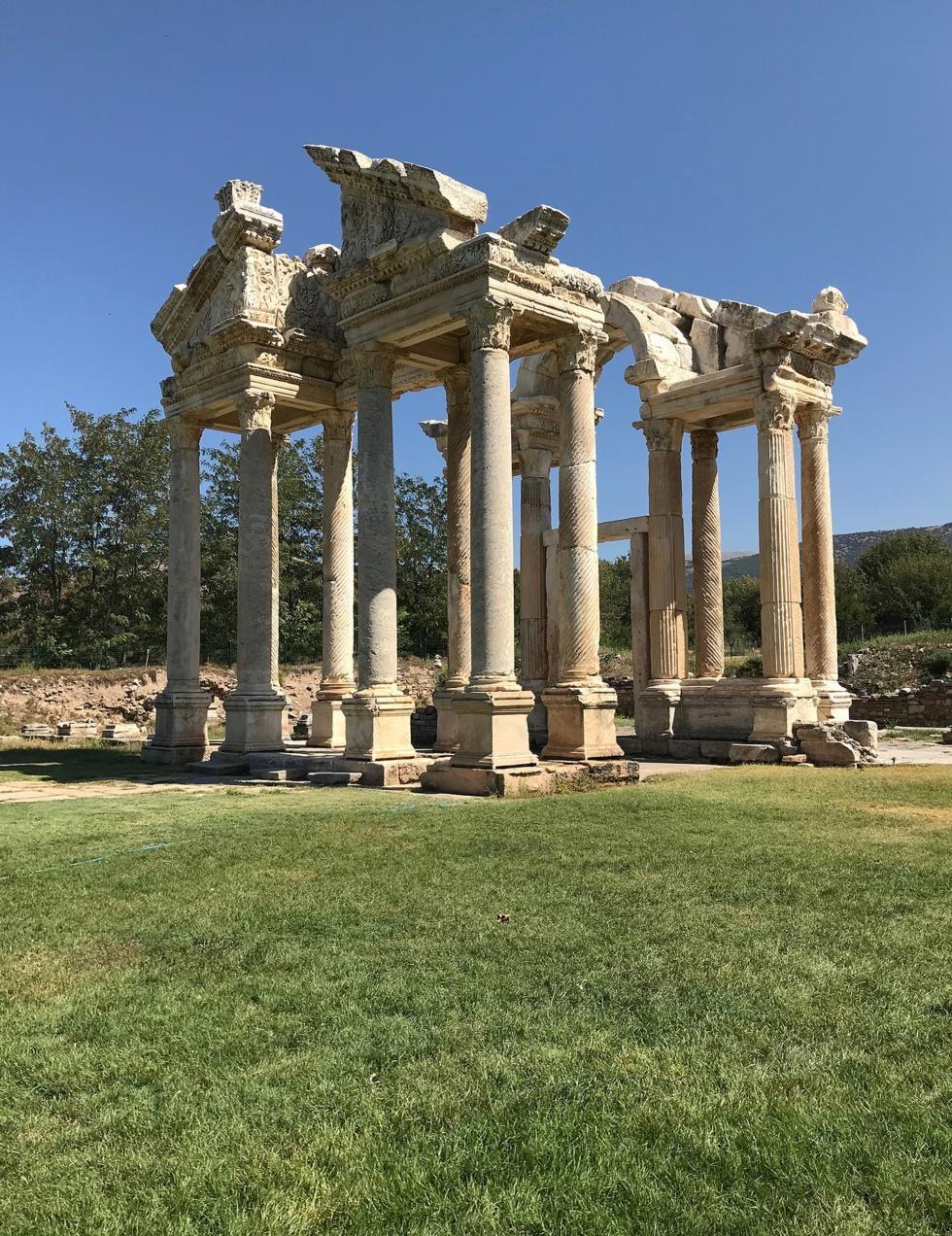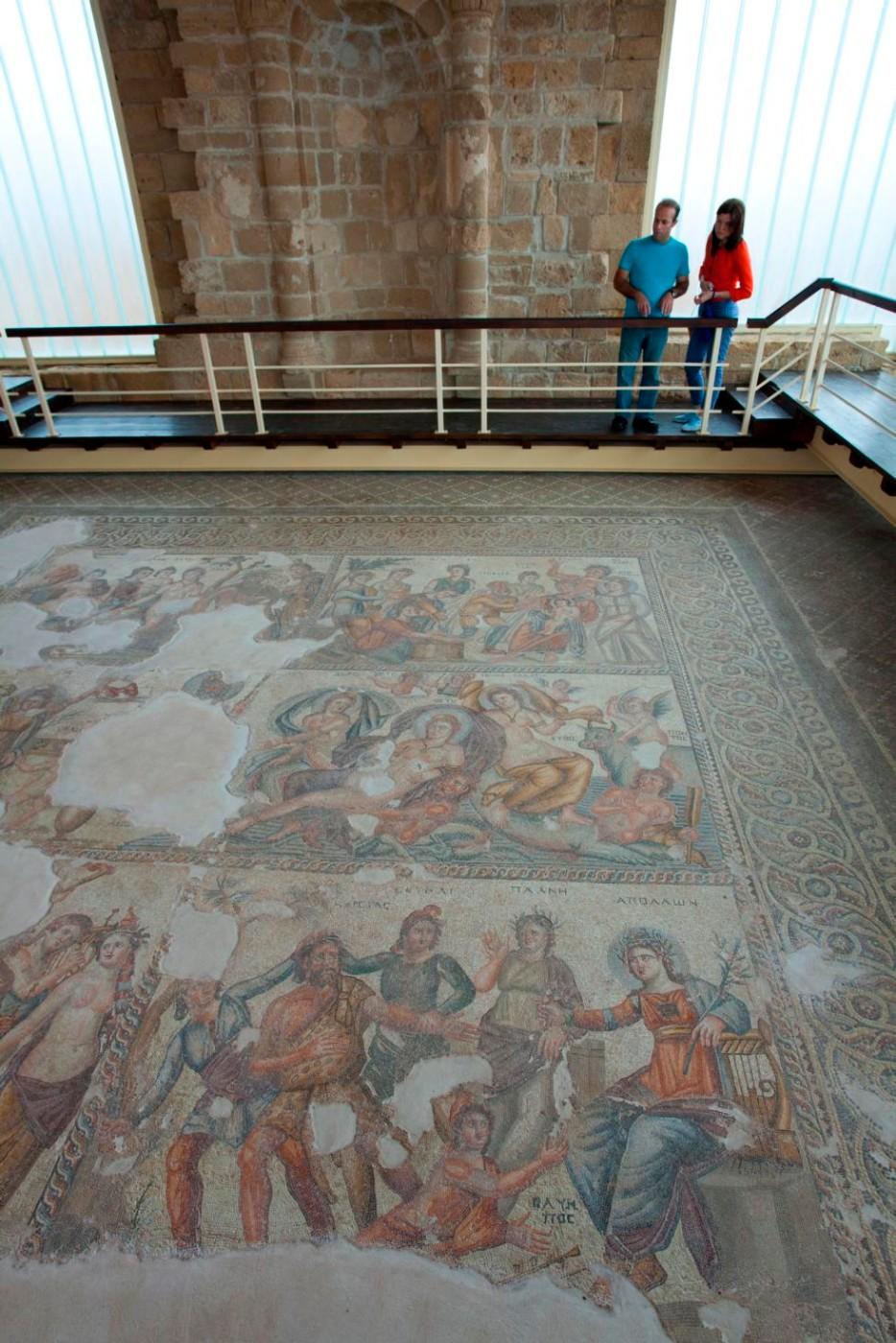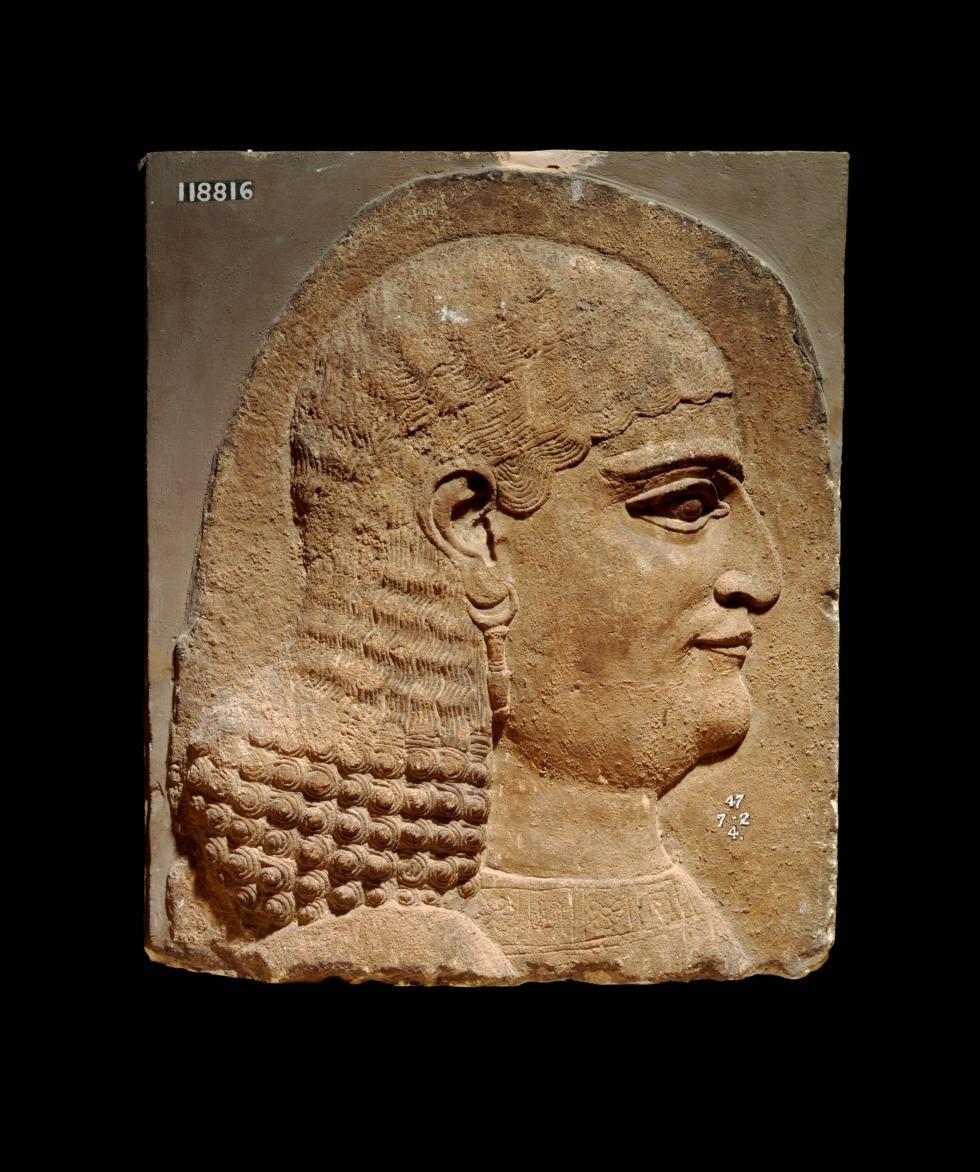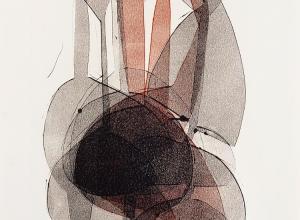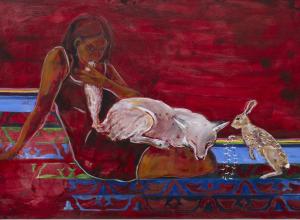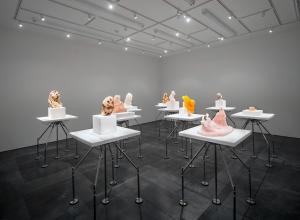• Research:
Several research seminars in the Foundation’s Connecting Art Histories initiative are bringing together younger scholars to enhance cross-border collaboration, break down nationalist narratives, and create new understandings of ancient cultures:
Emory University’s Beyond the Northern Aegean convenes participants from the Black Sea region, Western Europe, and North America to explore how ancient communities traversed political and cultural borders to use Greek architectural forms and ideas in ancient Thrace.
University of California, Berkeley’s The Many Lives of Ancient Monuments brings together younger art historians and archaeologists from the Greater Mediterranean region to study the history and interpretation of archaeological sites in Turkey.
A recently awarded grant to the Centre for Advanced Study Sofia is allowing scholars from across Southeastern Europe to analyze the history of archaeology in the region and to develop new interdisciplinary approaches that can reinvigorate our understanding of the ancient past.
• Conservation Training:
A grant to the Smithsonian Institution is supporting a 12-week training program for Iraqi heritage specialists at the Iraqi Institute for the Conservation of Antiquities and Heritage in Erbil.
GETTY MUSEUM
• Several exhibitions are planned, or have already taken place, in connection with Ancient Worlds Now: A Future for the Past, and many with related lectures and scholarly conferences:
Palmyra—Loss and Remembrance (2017–19)
Beyond the Nile: Egypt and the Classical World (2018)
Assyria: Palace Art of Ancient Iraq (2019–2022)
Mesopotamia: Civilization Begins (2020)
Persia and the Classical World (2021)
Thrace and the Classical World (2023)
The Levant and the Classical world—Phoenicians, Philistines and Canaanites (2025).
• Many conservation treatments of ancient sculptures have recently been undertaken, are underway, or are in the planning stages:
Benevento Obelisk (2018)
Drunken Satyr (2018)
Herculaneum ivories
10 seismic mitigation bases for the National Archaeological Museum, Athens (underway)
Conservator Susanne Gaensicke and colleagues from Oriental Institute at University of Chicago are currently in Tashkent to train Central Asian museum conservators in treating metals.
GETTY RESEARCH INSTITUTE (GRI)
• Duc de Luynes Collections Acquisition:
The GRI has acquired a nearly complete archive documenting two expeditions to the Holy Land undertaken by the visionary art collector, archaeologist, and scientist Honore? d’Albert, duc de Luynes. The expeditions, held in 1864 and 1866, constituted the first systematic attempts to survey and photograph the Dead Sea basin in present-day Jordan. The materials complement the Vignes album and photographs of Palmyra from the same mission, also held by the GRI. Together, these archives present a holistic record of a region seared by ethnic conflicts.
• Lothar von Falkenhausen Library and Archive Acquisition:
The GRI has acquired the most comprehensive library dedicated to Chinese archaeology still remaining in private hands. Falkenhausen, professor of Chinese Archaeology and Art History at the University of California, Los Angelees (UCLA) and head of the East Asian Laboratory at UCLA’s Cotsen Institute of Archaeology, has led multiple archaeological campaigns in China. Beginning in 1979, Falkenhausen made a serious effort to gather volumes related to Chinese archaeology. Today, the 25,000-volume library exceeds the collections of virtually all institutional libraries in the US and Europe.
• Pre-Hispanic Art Provenance Initiative
The Pre-Hispanic Art Provenance Initiative seeks to document and analyze the commodification and mobilization of Pre-Hispanic art and material culture by the international art market between the mid-19th and late-20th centuries. The initiative will include a biennial series of international symposia and workshops that examines the history of collecting and dealing in Pre-Hispanic art and a series of scholarly publications.
• The Florentine Codex Initiative:
Included in UNESCO’s Memory of the World Register, the Florentine Codex is considered the most important manuscript of early colonial Mexico, renowned for its bilingual, encyclopedic presentation of Pre-Hispanic culture and the Spanish conquest of the Aztec Empire, and widely regarded by scholars as the most reliable source of information about Aztec culture. Through translation and an interactive digital platform, the Florentine Codex initiative will provide global access to the manuscript and disseminate knowledge about its cultural significance.
GETTY PUBLICATIONS
• Getty Publications plans to publish Cultural Heritage and Mass Atrocities: Human and Security Costs, edited by James Cuno and Thomas G. Weiss, the first book to focus attention on the critically important linkage between attacks on cultural heritage and mass atrocities, from the perspective of humanitarian, security, political, legal, and cultural studies. Contributors will include Edward Luck, Professor, Professional Practice in International & Public Affairs, Columbia University; Luis Monreal, Director General, Aga Khan Trust for Culture; Sabine von Schorlemer, UNESCO Chair in International Relations, Chair, International Law, EU Law and International Relations, Technical University Dresden, and nearly two dozen other international writers on these topics.




